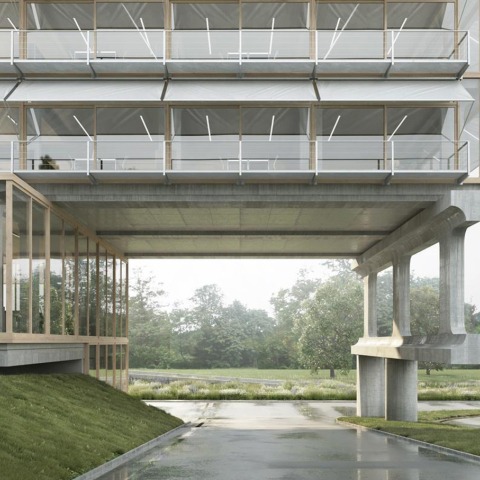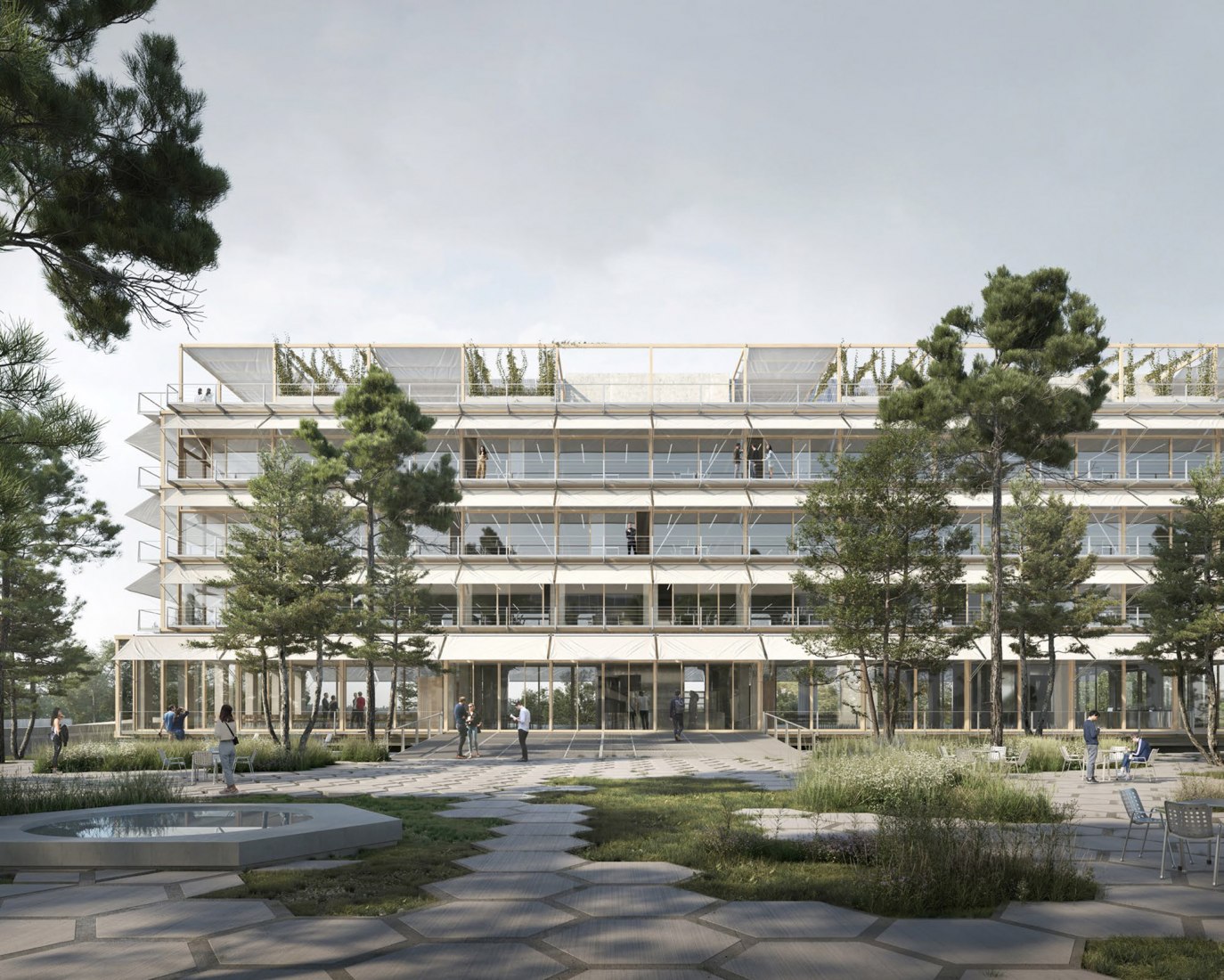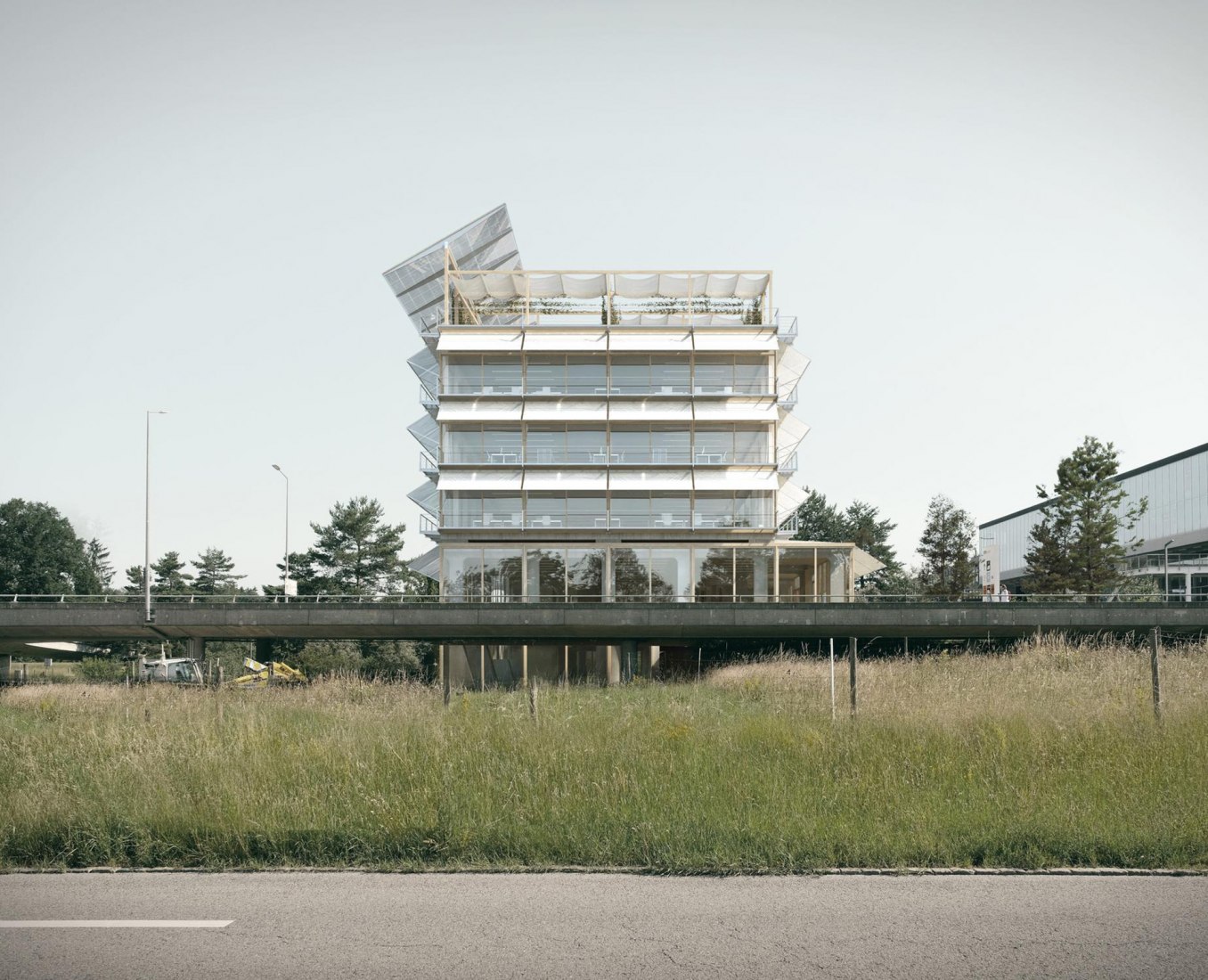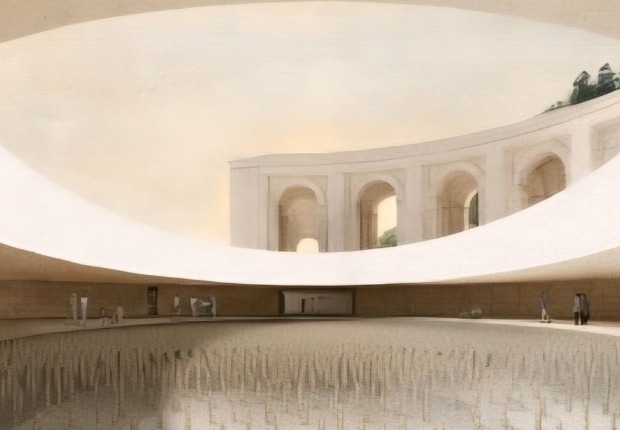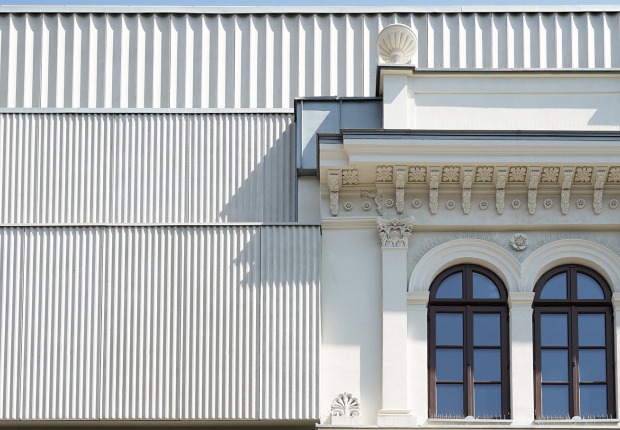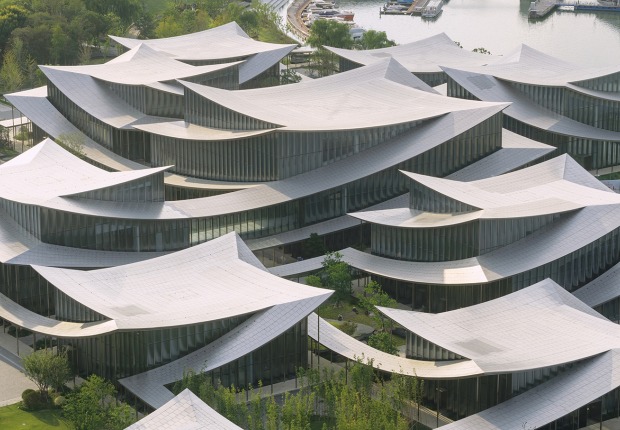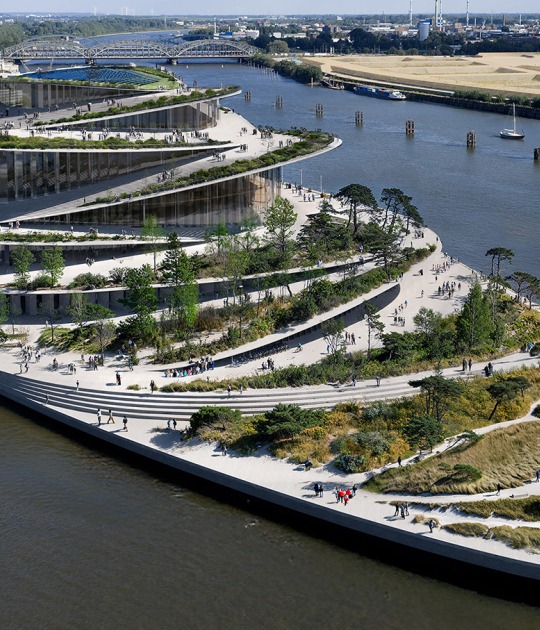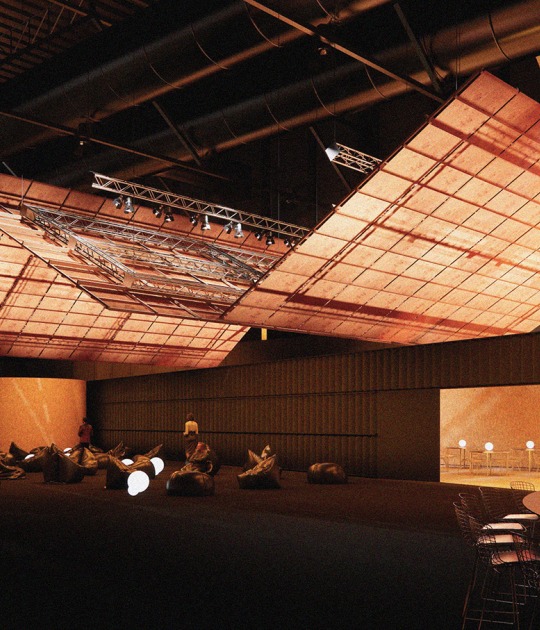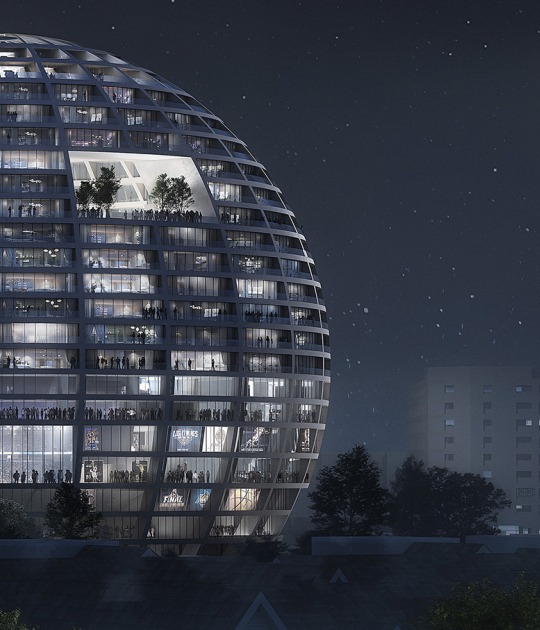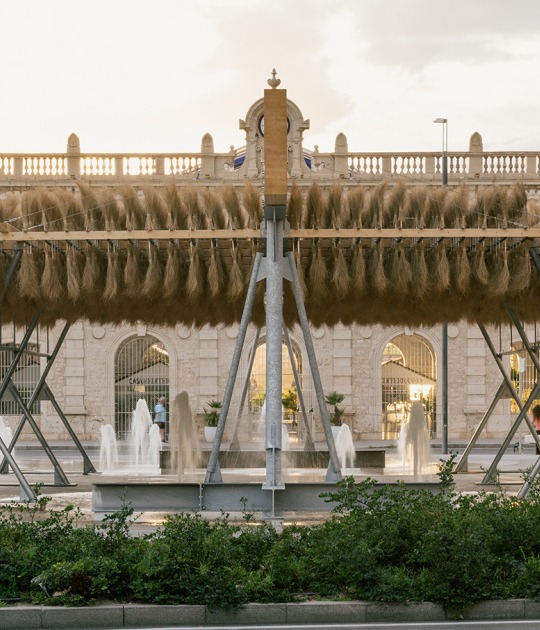As a multi-storey longitudinal block it reacts directly to its surroundings: to the north, the building's basement runs over a path that crosses it, displaying its sculptural reinforced concrete structure. To the east, the ground floor overhangs an existing underground car park. Here is also the slightly elevated entrance area, which is accessed through an inclined plane as a bridge element towards the esplanade.
Upwards, the construction appears increasingly light thanks to a reinforced concrete structure on which a wooden structure is located, ending with a green roof with a pergola. The construction is complemented by rammed earth floors, clay plaster walls and large-format sliding windows. Surrounding metal walkways such as balconies and overhang folding canopies create additional outdoor areas and give the building a distinctive look.
*ARGE GP: General Planner Consortium
Project description by Buchner Bründler Architekten
ETH Zurich is planning a new building on the Hönggerberg campus to give the student associations and initiatives based at the university space for inspiration, exchange and creativity. In a stringent manner, the building transmits the conditions of the task and the location in a multi-layered legible building structure, which develops an independent symbolism at the edge of the structural development and thus in a special location.
The new building enters into direct dialogue with the HIB stand-alone building opposite and thus opens up an independent urban spatial sequence in the context of the university area and its prelude to the west. Adjusted to the length of the neighboring building, a field-like open space is created on which the HIN test laboratory stands as a free-standing solitary building. In the basic form of the new building, existing lines are taken up in order to strengthen the contextual location. The restriction on the construction site due to the existing parking leads to a specific cut figure with a distinctive overhang. On the ground floor, this is additionally expanded in order to address the house in a special way with a volume that floats slightly above the ground and to create a public effect. The five-storey building is complemented by an open pergola structure, which spatially characterizes the roof garden. A movable PV screen on the west side also creates an additional elevation.
A place for mutual exchange is deliberately developed, an approachable house that creates a low-threshold effect in order to promote the identification of users and visitors. The stacking of the architectural elements and their clear hierarchy also testify to the willingness to make force curves visible. The wooden upper floors, which lie on a concrete structure, form a filigree and transparent grid. The building thus differentiates between primary and secondary structures. When walking through the Othmar-Ammann-Weg, one of the load-bearing elements made of concrete becomes visible, the action of the forces is translated into a sculptural gesture.
